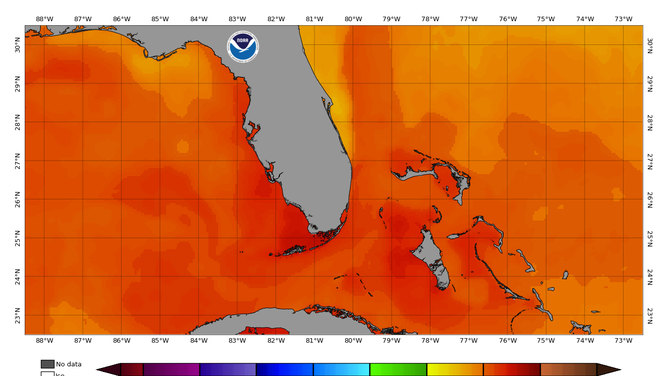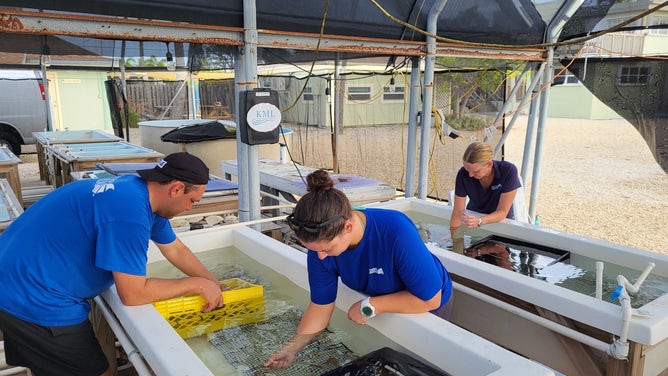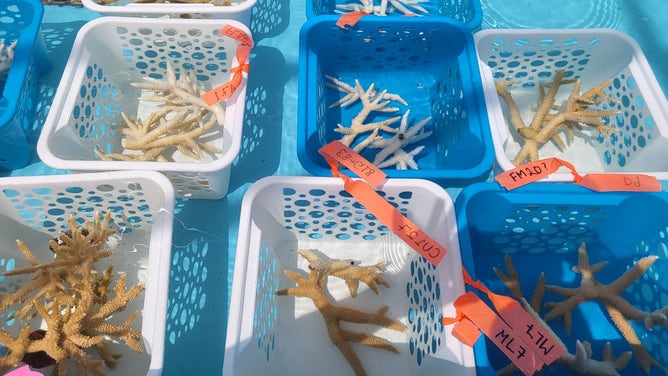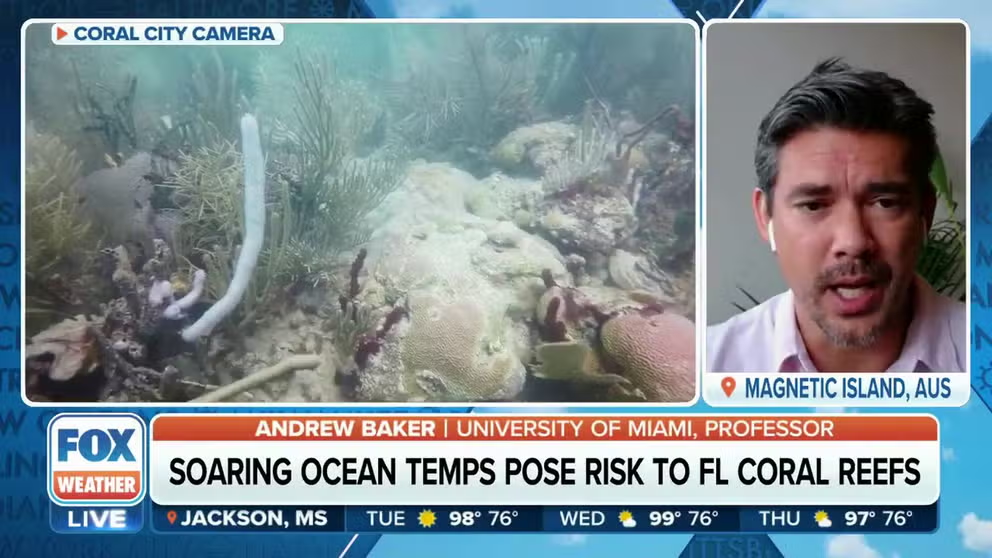Florida Keys lab races to save thousands of coral species from unprecedented heat wave
During normal water temperatures, the onshore Keys Marine Laboratory hosts between 100 and 300 corals a month. Last week, the lab took in more than 1,500 coral species, including many rare and endangered species.
Race to save coral reefs
Researchers says due to extreme heat, coral bleaching is endangering ecosystems around Florida.
LONG KEY, Fla.-- Researchers at a marine laboratory in the Florida Keys are working to save as many coral species as possible during the unprecedented ocean heat wave threatening Florida's coral reef ecosystems.
Sea surface temperatures around South Florida and the Keys have been in the 90s since June with no signs of letting up, even topping out at 101.1 degrees in the Florida Everglades. This is bad news for coral, which rely on single-celled algae for food. When the water temperatures rise a few degrees above normal, the tiny algae begin to die from heat stress, and the coral expels them in a process called bleaching.
During normal water temperatures, the University of South Florida and Florida Institute of Oceanography’s Keys Marine Laboratory hosts between 100 and 300 corals monthly. Last week, the lab took in more than 1,500 coral species harvested from offshore nurseries. Lab partner organizations are racing to relocate coral to the controlled marine laboratory as the mass bleaching event is expected to continue. Many are rare and endangered corals, according to USF.
The Keys Marine Laboratory in Long Key has 60 tanks and the capacity to host more coral in the coming weeks. It's one of the largest temperature-controlled seawater systems in the Florida Keys.
According to NOAA's Coral Reef Watch, sea surface temperatures have reached Alert Level 2, indicating coral bleaching is taking place. The outlook for the next three months remains at Level 2, with sea surface temperatures well above the bleaching threshold for corals around Florida.

This NOAA map shows sea surface temperatures around Florida on July 24, 2023.
NOAA buoy measurements continue to show water temperatures near or above 90 degrees around South Florida and the Keys.
During previous large-scale bleaching events in the Florida Keys in 2014 and 2015, bleaching-level sea surface temperatures did not happen until mid-August.
"For years, we have been developing the infrastructure capacity to support reef restoration efforts that enable KML to temporarily house corals during emergencies such as this," Keys Marine Laboratory Director Cindy Lewis said. "Typically, water temperatures at this time of year are in the mid-80s, but we are already recording temperatures of 90 degrees. It is very alarming."
Warming ocean water threatens Florida's coral reefs
Marine life and coral reefs are facing a severe threat after continuous warming in the ocean. University of Miami professor Andrew Baker joins FOX Weather to talk more on the subject.
Unless a cooling event happens, such as a hurricane or tropical storm that stirs up cold water, the corals of the Florida Keys will have up to three months of temperature-stress conditions.
The corals can stay in the lab for months, and once the historically-high water temperatures end, USF scientists will work with partners to return corals to their offshore nurseries. Because coral grows in colonies, it only takes a few small pieces to start a new reef.







